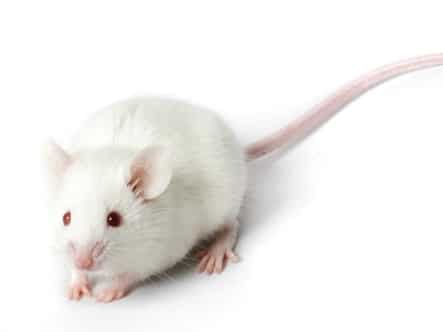
 Mice sperm in space. This old chestnut again.
Mice sperm in space. This old chestnut again.
A new study has found that mouse sperm that spent more than nine months orbiting planet Earth aboard the International Space Station were still viable upon return, a result which aids our understanding of how space and space travel might affect human reproduction.
Aside from the monumental logistics involved in sending humans to Mars, one of the biggest concerns is the potential threat of cosmic rays. Radiation from outer space in the form of ionized particles from stars, black holes and supernovae can cause irreparable damage to the human body, even alter its DNA.
Fortunately for most of us, the Earth’s atmosphere provides a handy protective shield, but for astronauts flying about in the starry firmament, space radiation presents a real problem, as space travel exposes them to 100 times more cosmic rays than here on Earth. Thus, the theory goes, if we, the human race, are at all interested in reproducing in or repopulating other corners of the galaxy, addressing the radiation issue is paramount.
To that end, researchers at the University of Tamanashi in Japan along with Japan’s Aerospace Exploration Agency, JAXA, sent freeze-dried sperm from 12 mice to the ISS and kept it at a chilly minus 95 degrees Celsius for 288 before bringing it back to terra firma.
Researchers compared the well-traveled sperm to Earth-bound samples from the same 12 mice and found evidence of DNA damage to the space sperm, which showed “slightly increased” rate of fragmentation of DNA than the samples which stayed on Earth. Yet, when put to the test (i.e., used to fertilize eggs), the space sperm fared well, producing 73 newly-crowned “space pups,” an output comparable to that from the Earth-bound sperm.
“If humans ever start to live permanently in space, assisted reproductive technology using preserved spermatozoa will be important for producing offspring,” reads the new study, which is published in the journal Proceedings of the National Academy of Sciences. “Next-generation sequencing showed only minor genomic differences between offspring derived from space-preserved spermatozoa and controls, and all offspring grew to adulthood and had normal fertility,” say the study’s authors.
The researchers state that while freeze-drying sperm, as opposed to cryopreservation, works for mice sperm, the technique has not yet found success for human sperm, something which the researchers say could be of benefit for long-term preservation efforts. “Sperm preservation in the event of disasters on Earth will be an important tool for maintaining the genetic diversity of mammalian species, much like plant seed preservation in the Svalbard Global Seed Vault,” say the study’s authors.
Beyond cosmic radiation, there are other sources of so-called natural radiation, including radon gas found in soil and bedrock and trace amounts of radioactive minerals in some vegetables. On Earth, radiation levels vary, with an average of 2.4 micro sieverts (mSv), a unit-measure for ionizing radiation, worldwide. Canada’s natural radiation average is 1.8 mSv with a high of 4.1 mSv experienced in Winnipeg and a low of 1.3 mSv in Vancouver.
Leave a Reply
You must be logged in to post a comment.




 Share
Share Tweet
Tweet Share
Share




Comment